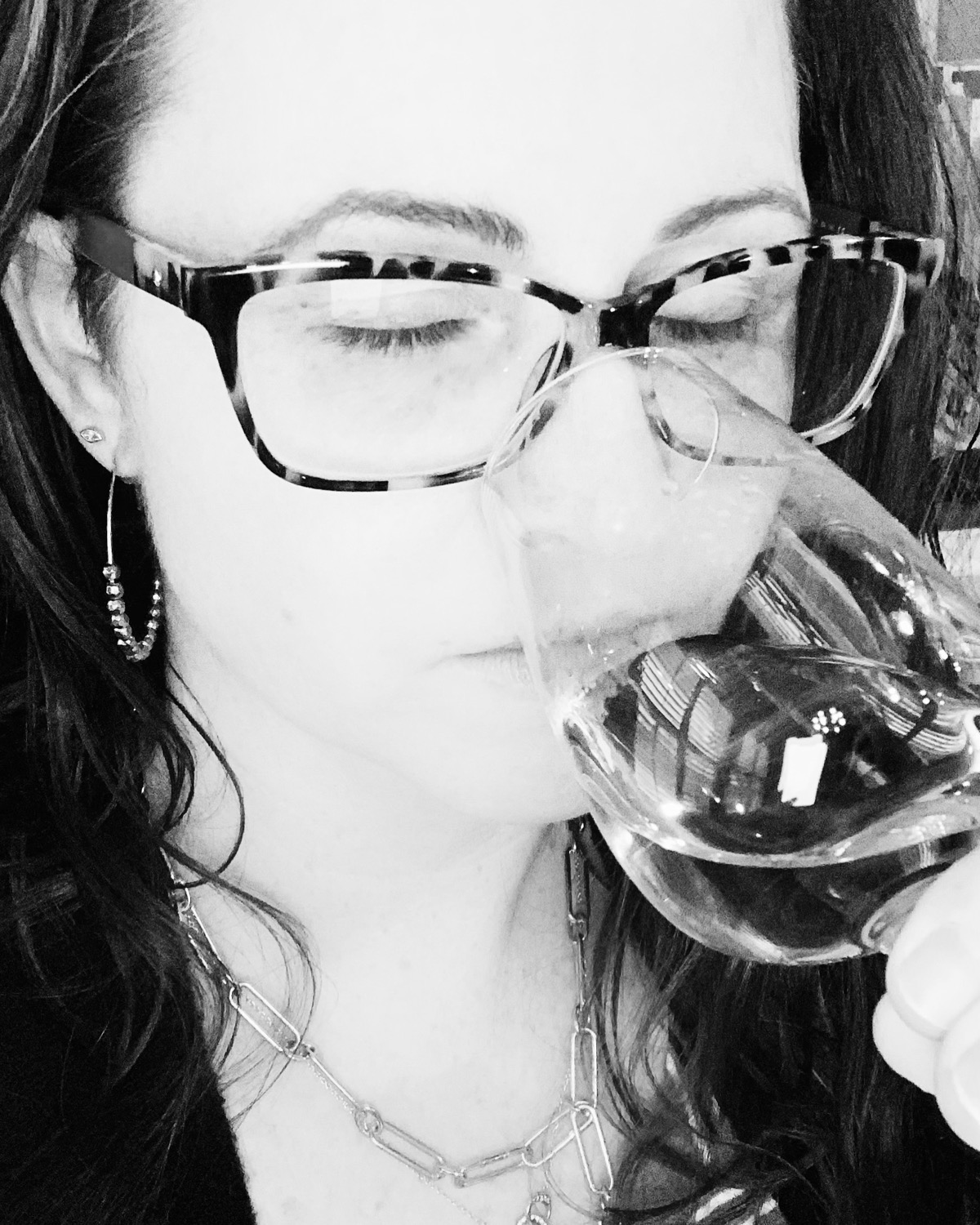“What in the fermentation!?!”
- Darbi Invergo

- Sep 16
- 1 min read

Fermenting grapes into wine naturally produces carbon dioxide (CO₂) as a byproduct.
In sparkling wines, this CO₂ is intentionally trapped, creating the signature bubbles and pressure inside the bottle.
However, if fermentation occurs in a sealed container, the buildup of gas can become quite intense. That’s why most wine fermentations are carried out in open or vented vessels—to allow excess CO₂ to safely escape. When wine is accidentally sealed while fermentation is still active, the trapped gas can create unexpected pressure, sometimes leading to explosive results.









Comments